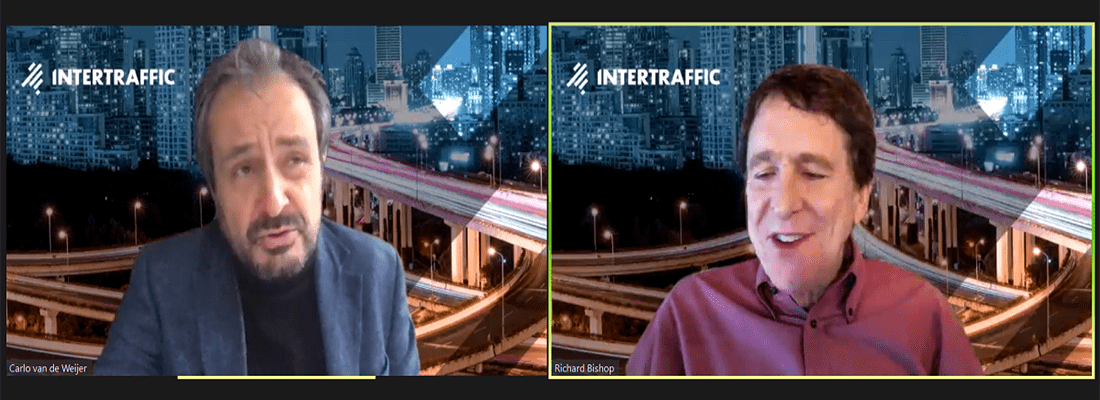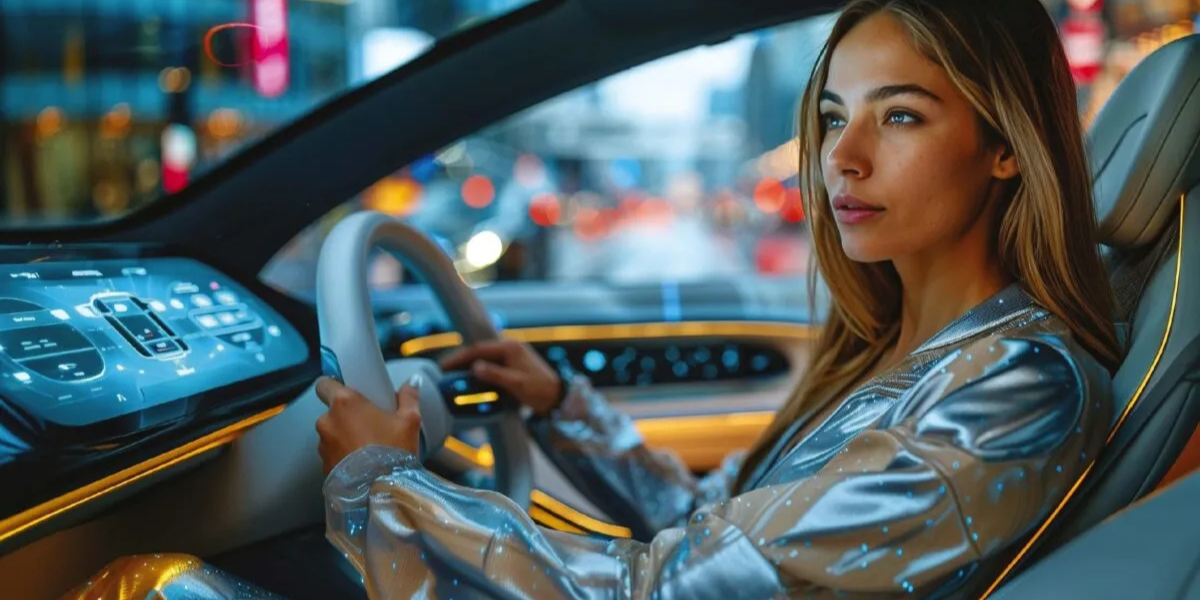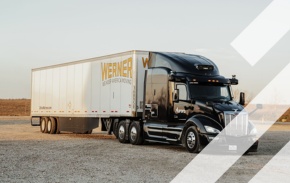Richard Bishop
Maryland, USA-based Richard Bishop, widely recognised as one of the world’s leading authorities on AVs, pondered a topic of conversation that has been creeping higher up the driverless agenda for the past few years: are our traffic management centres capable of processing all the data from an increasing number of autonomous vehicles?
“Automated fleets are utilizing ‘remote support’ centres to handle unusual situations. How will this evolve and might there be a role for today’s Traffic Management Centres?” he pondered.
However, it’s the trucking sector that has been receiving Richard’s near-30 years of wisdom more recently and it’s upon this field of AVs that his hopes are pinned.
“Fleet operations are where the action is right now,” he said, citing exciting developments in robo-trucks, robo-deliveries and robo-taxis. Recent launches of robo-taxis in the US and China are tangible examples of how much progress has been made in 2020.
Richard broke down the concept of autonomous goods movement into four categories: controlled environments, streets, resource roads and highways and gave working examples of how each of those sectors is making great strides towards widespread deployment. As an example of how things are moving along at an unprecedented pace, robo-food delivery service Nuro has just received $500m in funding.
As an answer to the question of humans losing their jobs to automated systems, Richard cited the example of the fleet logistics industry where the recruitment of drivers has long been a problem.
“With an increase in automation, particularly with ramp-to-ramp systems, there’s less of a shortage, but that situation would still need human intervention. Besides,” he added, “when was the last time you parked your car and handed over money to a human? It’s less ‘no jobs’ than ‘new jobs’.”
Marieke Martens | Eindhoven University
Eindhoven University’s Marieke Martens speciality is the relationship between humans and machines, in this case autonomous vehicles of varying levels of autonomy. Marieke’s initial point was very telling – 40% of car dealerships across Europe lack basic information on the AV options they are selling and drivers don’t understand what their cars are capable of due to “confusing terminology.” Also, the AV community could potentially struggle for mainstream acceptance as people still enjoy driving. Not Martens, though.
“With auto lane keeping at up to 60km/h being introduced in January I am actually looking forward to congestion,” he half-joked. “I do other things while I’m not moving.”
Marieke also raised a fascinating, perhaps even controversial subject: autonomous vehicles need to be able to adjust their behaviour in traffic to replicate the behaviour of human drivers, citing that AVs need to ‘socialise’ with regular traffic.
“The alert, well-skilled driver is the goal,” she concluded.
Rik Nuyttens | 3M
For 3M’s Rik Nuyttens the subject of infrastructure readiness is key, and in particular the role that road markings have to play in the successful deployment of automated driving systems.
“The best example is Lane Keeping Systems as they are rendered more reliable by all-weather performing road markings,” he explained. “If you can’t see or understand a road marking or a road sign, then neither can ADAS.”
The importance of readability and detectability of road signs and road markings cannot be underestimated, and Nuyttens, who is also the president of the European Road Federation, is hopeful that a raft of measures being brought in by the UN ECE and the EU can lead to greater levels of harmonization. Vital to this is that road authorities regularly replace outdated roadside equipment and in terms of spending their often meagre, insufficient budgets, prioritise.
“Not every idea can be explored,” he said.
Finally, Rik made a very interesting point about the potential uses for AVs. Citing hospital campuses (and this would also apply to large educational campuses too), he suggested that one obvious target market was for patient shuttles.
“Fully autonomous personal cars are probably going to be too expensive for a long time but where they come into their own is doing driving jobs where there is a real shortage of labour. Over time an autonomous bus taking someone from their car to a hospital building is going to be cheaper than employing a driver.”
Safer. Cheaper. Better. Time-saving. The path to automated driving seems to be getting shorter by the day…
Thank you for attending our 2020 webinars or reading about them in our reviews. We look forward to continuing the discussion into 2021. Next webinar is scheduled for January 26 on incident detection. Register here.




.png?h=600&iar=0&w=1200)